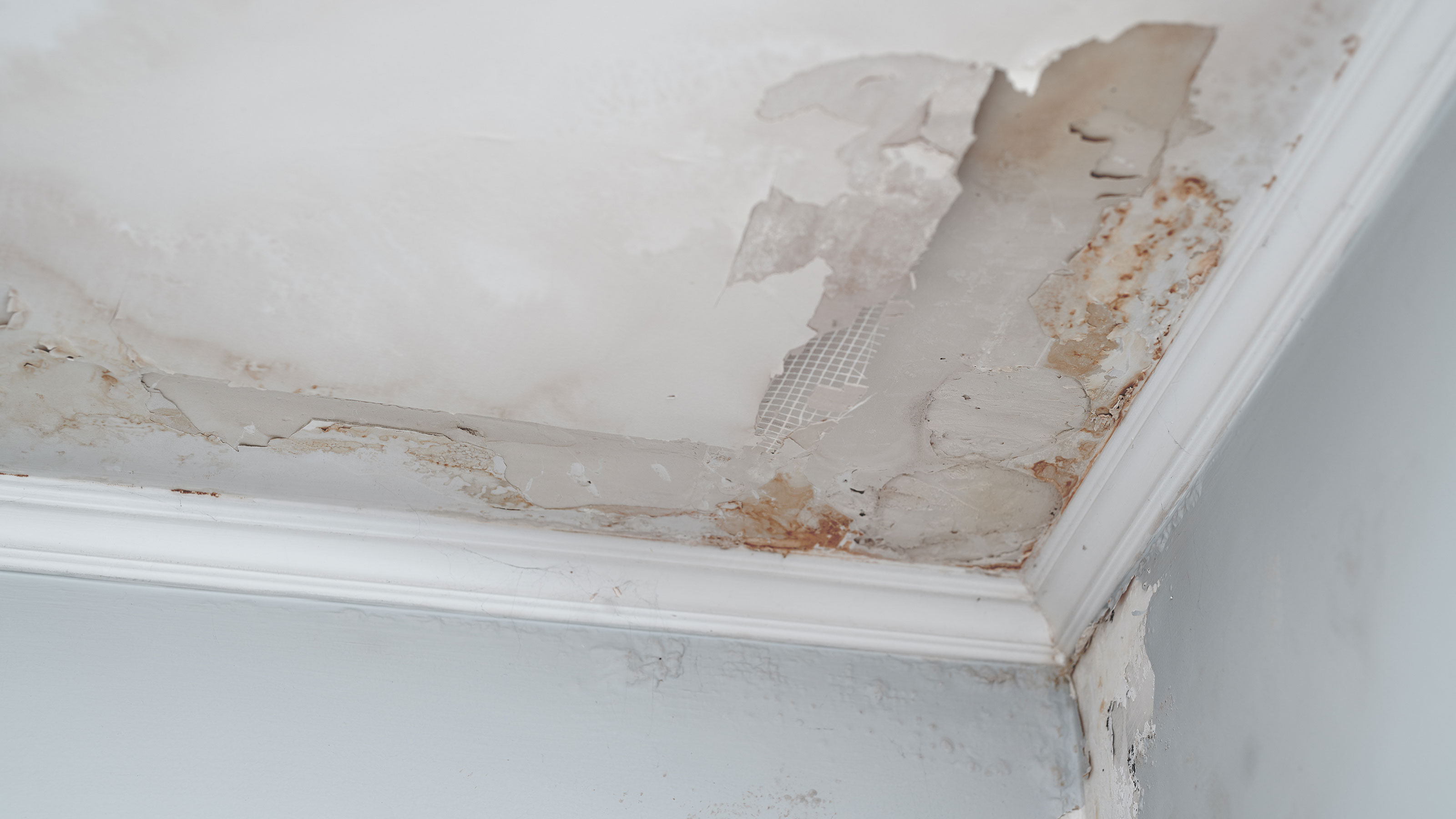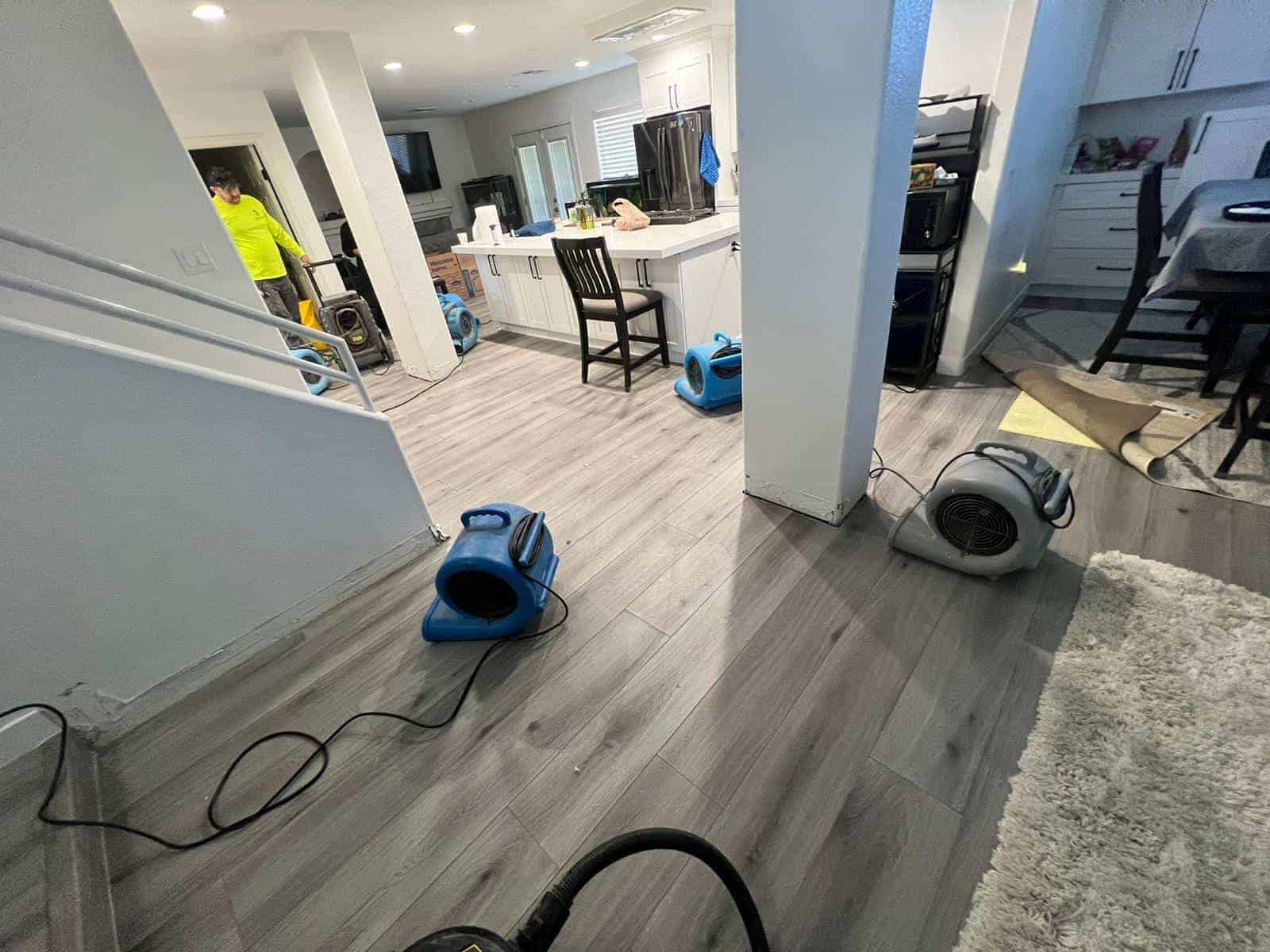Full-Spectrum Water Damage Repair Services for Complete Property Restoration
The Refine of Water Damage Cleaning: Ensuring Your Home Is Recovered Effectively
Water damages can be a daunting obstacle for home owners, requiring a thorough and structured cleaning process to restore security and functionality. damage restoration services. Following this, efficient water extraction techniques play a pivotal role in reducing more injury.
Examining the Damage
Upon uncovering water damages, the initial action is to thoroughly assess the extent of the impact. This preliminary analysis is essential, as it helps establish the necessary actions for reliable cleaning and restoration. Begin by evaluating the affected locations, consisting of wall surfaces, ceilings, floorings, and individual valuables, to recognize the resource of the water breach, whether from flooding, leaks, or condensation.
Documenting the damages is essential for both insurance policy claims and intending remediation initiatives - damage restoration services. Usage pictures and written notes to catch the seriousness of the damages, noting any type of damaged structural elements and materials. Pay unique focus to areas that may not be promptly noticeable, such as behind walls and under rugs, as concealed moisture can cause further difficulties, including mold growth
Additionally, analyze the timeline of the water exposure. Inevitably, an extensive evaluation lays the groundwork for an effective water damage cleaning procedure, guaranteeing that all affected areas are addressed effectively and thoroughly.
Water Extraction Methods
.jpg)
Professionals typically employ submersible pumps for bigger quantities of water, which can quickly reduce flooding in cellars or various other impacted locations. For smaller sized amounts, wet/dry vacuums are typically used to draw out residual wetness from carpets and tough surfaces. In addition, making use of mobile extractors enables targeted elimination in constrained spaces or locations with fragile products.
In instances of contaminated water, such as sewer or floodwater, progressed removal strategies might involve making use of biohazard equipment to ensure safety and security and compliance with wellness laws. High-powered extraction tools are important in reducing water retention in architectural materials, which can result in mold and mildew growth and structural degeneration otherwise addressed promptly.
Eventually, the performance of water extraction methods plays a pivotal duty in the overall success of the water damage cleanup process, laying the groundwork for subsequent remediation initiatives.
Drying and Dehumidification
Once standing water has actually been successfully removed, the next crucial phase in the water damages cleaning process is drying out and dehumidification. This step is necessary to prevent additional damage and mold and mildew development, which can take place within 24 to 2 days in damp environments.
To accomplish efficient drying, specific tools such as industrial-grade air movers and dehumidifiers is employed. Air moving companies flow air across wet surface areas, boosting dissipation rates, while dehumidifiers decrease moisture levels airborne, promoting a helpful environment for drying out. The mix of these tools makes sure that dampness is extracted from floors, wall surfaces, and furnishings, enabling them to dry thoroughly.
It is essential to keep an eye on the read more drying out procedure carefully. Experts typically use wetness meters to assess the moisture web content in various products, making sure that all impacted areas get to acceptable dry skin degrees. This precise method helps to avoid hidden moisture pockets that can bring about structural damages or harmful mold growth.

Cleaning and Sanitizing
After the drying and dehumidification phase is total, the following vital action in water damage cleanup is cleaning up and sanitizing the influenced locations. This procedure is essential to avoid the growth of mold and mildew, microorganisms, and other virus that prosper in damp atmospheres.
The cleansing phase generally involves removing any particles, dirt, and contaminants from surfaces making use of specialized cleansing agents. For difficult surface areas, a combination of soap and water or commercial cleaning items is usually utilized. Soft materials, such as upholstery and carpetings, might call for more extensive cleaning methods, consisting of vapor cleaning or deep extraction strategies, to make certain detailed sanitation.

Disinfecting follows cleaning, utilizing EPA-approved disinfectants to eliminate harmful microorganisms. This step is essential, specifically in areas that may have entered into call with floodwaters or sewer, as these sources can pose major wellness threats.
Furthermore, it is necessary to deal with any kind of staying odors, which might need making use of smell neutralizers or advanced methods like ozone therapy. Correct cleansing and sterilizing not only restore the safety and security and health of your home yet likewise lay the foundation for successful reconstruction and repair work in succeeding stages of the water damages cleanup procedure.
Restoration and Fixings

When the assessment is total, reconstruction efforts can begin. This typically involves fixing or changing damaged products, ensuring that all work abides by local building codes and criteria. For circumstances, if drywall has been jeopardized, it will require to be gotten rid of and changed with brand-new material. In addition, floor covering may call for comparable click this site attention, depending upon the degree of water direct exposure.
It is vital to involve seasoned remediation specialists throughout this process, as they have the expertise to manage complex repairs efficiently. They can help minimize prospective future concerns, such as mold and mildew development or structural instability, thus learn the facts here now ensuring a habitable and safe living environment. Eventually, effective reconstruction and repair services restore the home's stability and boost its overall value.
Conclusion
Finally, the process of water damages cleanup is vital for bring back a home to its pre-damage problem. Each stage, from assessing the damages to executing efficient water removal methods, adhered to by extensive drying out, disinfecting, and needed repair work, plays a crucial role in making certain security and compliance with building standards. Reliable execution of these actions not only reduces prompt damage yet also enhances the long-lasting honesty and value of the residential or commercial property.
Water damages can be a challenging difficulty for home owners, requiring a meticulous and organized cleanup process to recover safety and performance. Inevitably, a thorough evaluation lays the foundation for an effective water damage cleanup procedure, ensuring that all impacted locations are addressed efficiently and extensively.
Reliable water extraction methods are essential in reducing damage and protecting against further issues adhering to a water intrusion event.In conclusion, the procedure of water damage cleanup is crucial for recovering a home to its pre-damage problem. Each stage, from evaluating the damage to carrying out reliable water removal strategies, adhered to by complete drying, disinfecting, and essential fixings, plays an important role in making sure security and conformity with structure requirements.